These findings could have positive consequences for any future human explorers
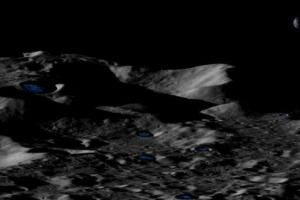 Solar System
Solar System

 Solar System
Solar System
These findings could have positive consequences for any future human explorers
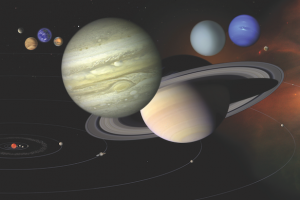 Solar System
Solar System
We take a look at why the members of the Solar System vary in colour
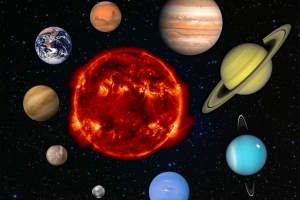 Solar System
Solar System
Out of the eight planets, from Mercury to Neptune, on which of these would you weigh the least?
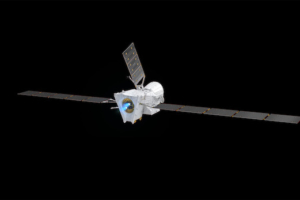 Space Exploration
Space Exploration
The space probe that will investigate the Solar System’s innermost planet has finally departed the orbit of Earth
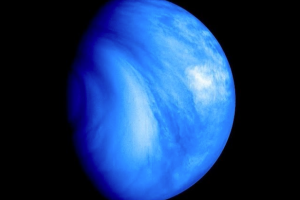 Solar System
Solar System
What is it about this terrestrial world’s atmosphere that gives it its unusual colour?
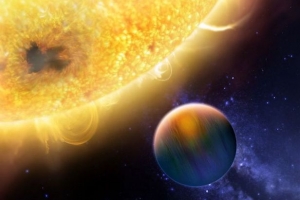 Deep Space
Deep Space
Could these worlds be the extreme cousins of gas giant Jupiter?
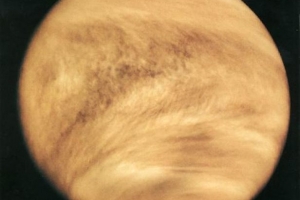 Solar System
Solar System
Find out why only two of the inner planets have a shield from harmful space radiation
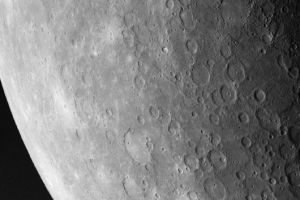 Solar System
Solar System
How hospitable is Mercury to life?
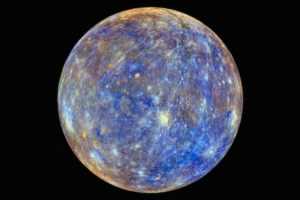 Solar System
Solar System
Models and simulations have provided strong evidence that Mercury’s plasmoids could be accelerating electrons from the Sun
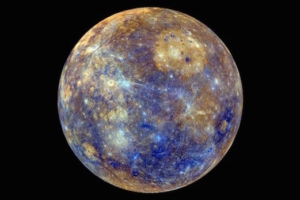 Solar System
Solar System
Research over the past three decades has suggested that water is frozen on the first rock from the Sun
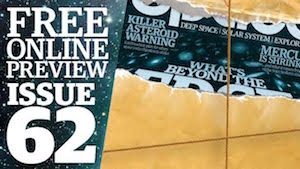 News
News
Find out what’s beyond the edge of the universe in the latest issue of All About Space, available from all good supermarkets and newsagents
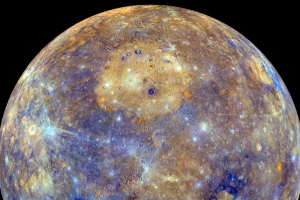 News
News
A newly-discovered gorge on the Sun-skimming world makes the Grand Canyon look tiny by comparison
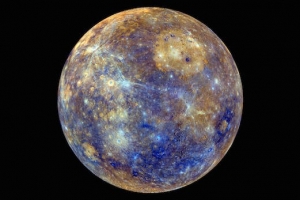 News
News
New imagery shows geologic features that indicate the tiny planet is still contracting today, joining Earth as a tectonically active planet in our Solar System
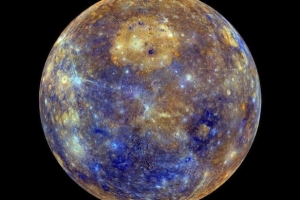 News
News
The findings add insight into the geological evolution of the small planet
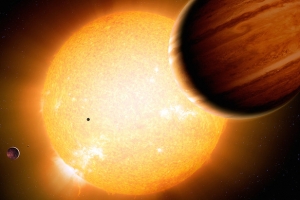 News
News
There’s strong evidence for the existence of two distinct types of exoplanet
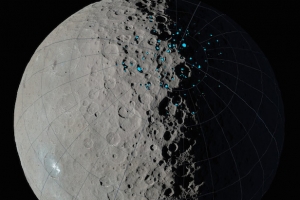 News
News
Many areas have been cold enough to trap water ice for a billion years, suggesting that ice deposits could exist there now
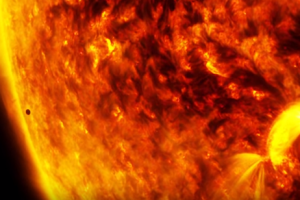 Solar System
Solar System
Witness May’s spectacular astronomical event from NASA’s Solar Dynamics Observatory
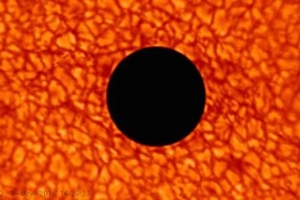 Astronomy
Astronomy
A high-resolution video of the transit of Mercury captured by the Big Bear Solar Observatory in California
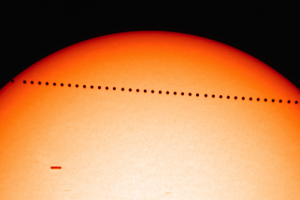 Astronomy
Astronomy
Courtesy of Slooh, you can see the innermost planet make its way across the Sun
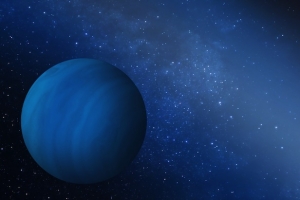 News
News
The exoplanets are nestled close to their star, orbiting in a unique resonance that has been locked in for billions of years